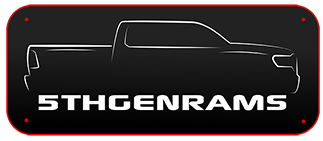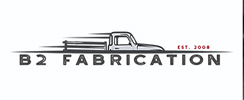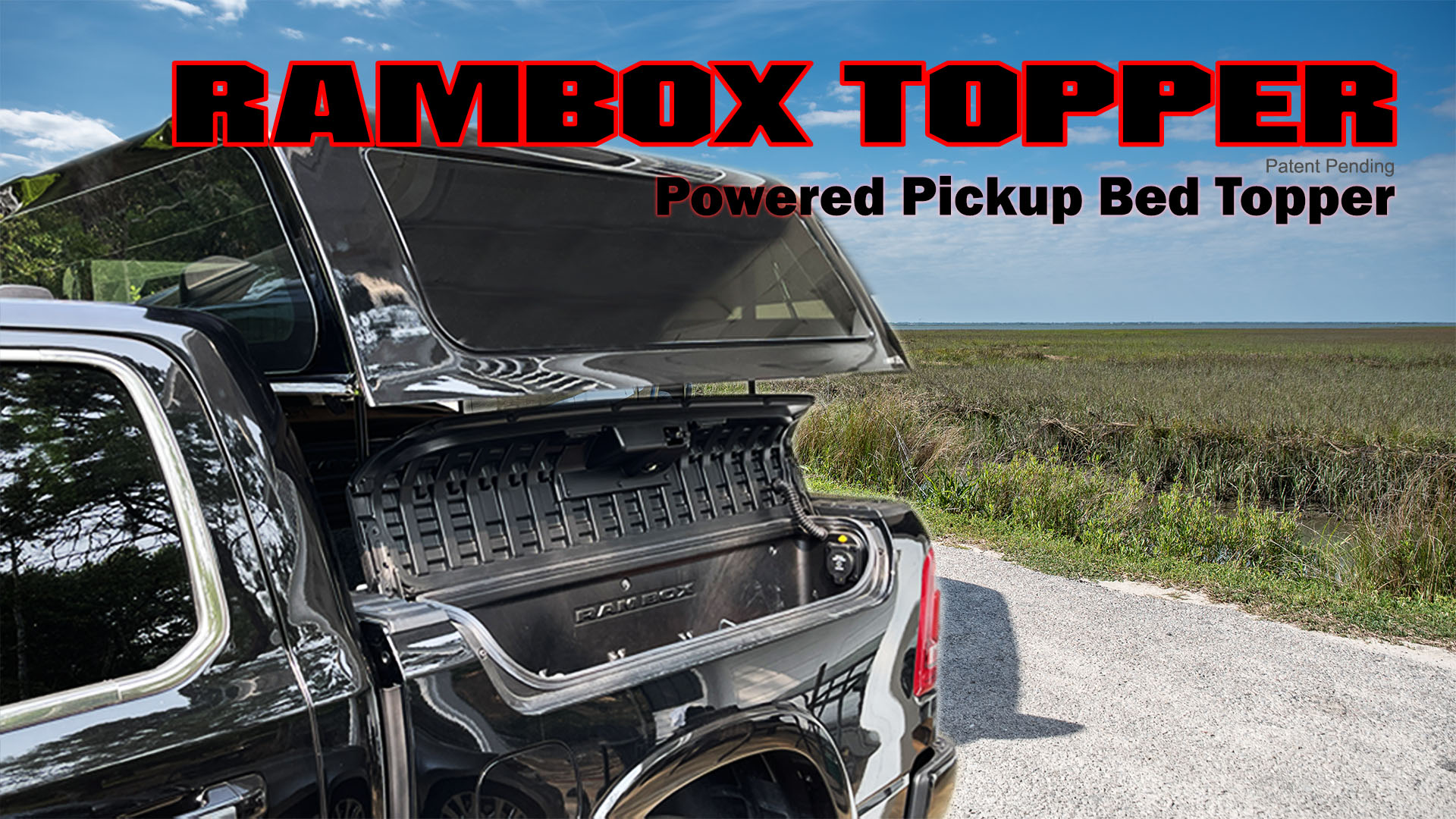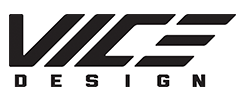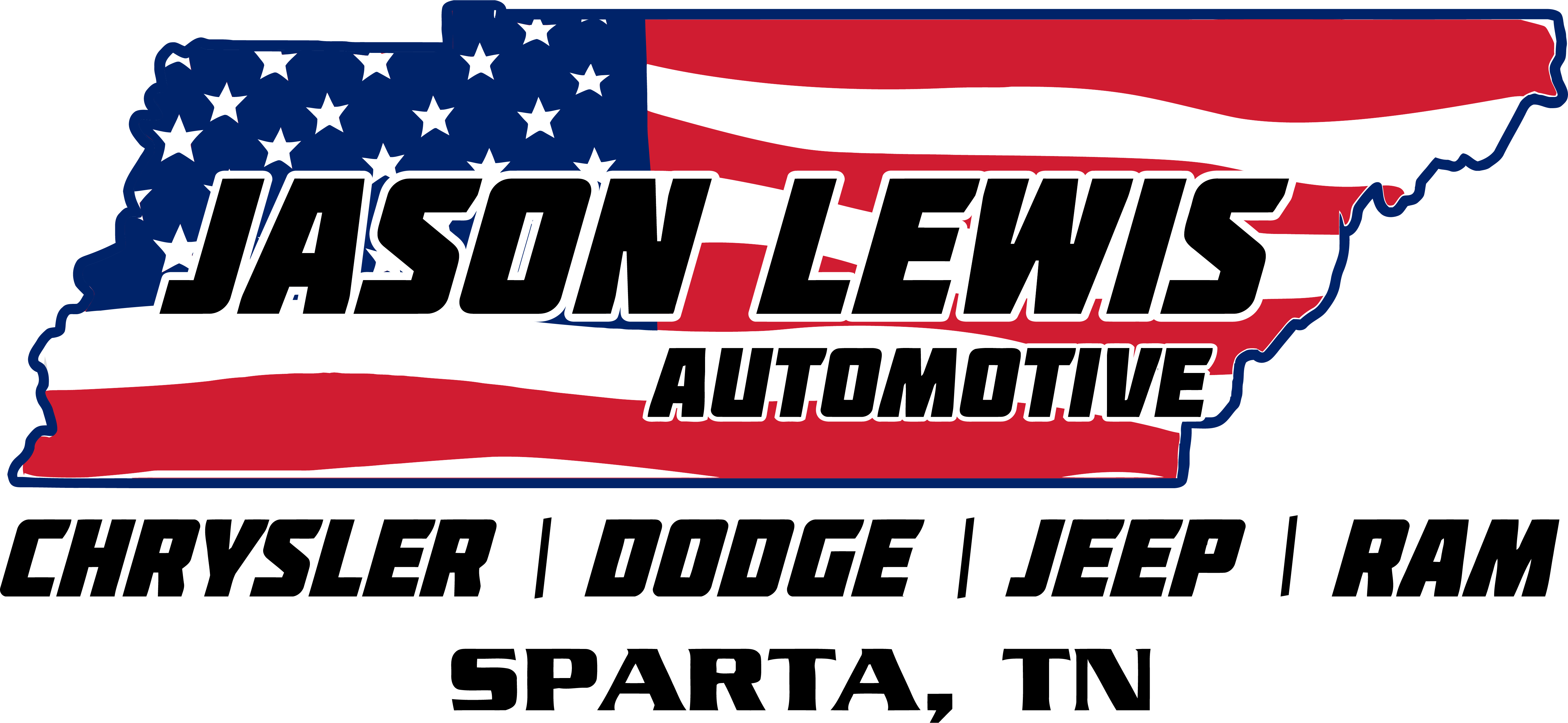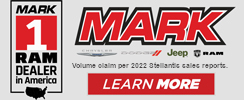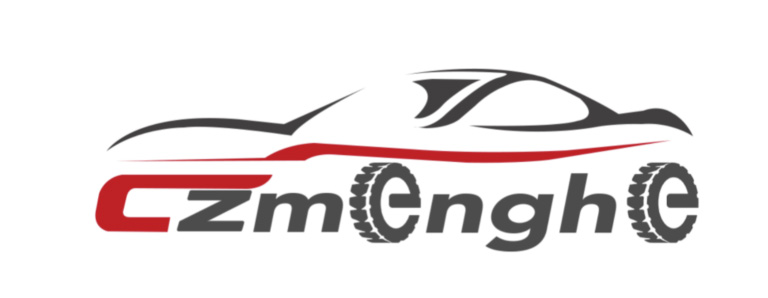5thGenRams Forums
You are using an out of date browser. It may not display this or other websites correctly.
You should upgrade or use an alternative browser.
You should upgrade or use an alternative browser.
Oil Catch cans ...do we need them on the 5th gen Hemi’s?
- Thread starter Kevlars
- Start date
Venom700
Well-Known Member
Many posts on this when searching, and even more opinions. It could cause warranty issues is all I took away from things.So do we need them as the Hemi ( from what I read) is not direct injection. Ideas, thoughts?
Dusty1948
Ram Guru
- Joined
- Jul 14, 2018
- Messages
- 1,251
- Reaction score
- 854
- Points
- 113
- Age
- 77
- Location
- Rochester, New York
Of the six Hemi Rams that have been in my family, and another four of personal friends I know, none have used any oil between oil changes, at least based on the dipstick. None of these ten are using (or have) used a catch can.
In an otherwise healthy and normally asperated , factory spec. engine, a normally insignificant amount of oil is lost through the Positive Crankcase Ventilation system. Engines driven under normal conditions shouldn't require one. In an engine with elevated levels of piston ring blow-by, or lots of high(er) RPM duty, internal crankcase pressures could result in increased oil lost through the PCV. So there may be situations where a catch can would be a benefit.
Regards,
Dusty
2019 Ram 1500 Billet Silver Laramie Quad Cab 2WD, 5.7 Hemi, 8HP75, 3.21 axle, 33 gallon fuel tank, factory dual exhaust, 18” wheels. Build date: 03 June 2018. Now at: 044446 miles.
In an otherwise healthy and normally asperated , factory spec. engine, a normally insignificant amount of oil is lost through the Positive Crankcase Ventilation system. Engines driven under normal conditions shouldn't require one. In an engine with elevated levels of piston ring blow-by, or lots of high(er) RPM duty, internal crankcase pressures could result in increased oil lost through the PCV. So there may be situations where a catch can would be a benefit.
Regards,
Dusty
2019 Ram 1500 Billet Silver Laramie Quad Cab 2WD, 5.7 Hemi, 8HP75, 3.21 axle, 33 gallon fuel tank, factory dual exhaust, 18” wheels. Build date: 03 June 2018. Now at: 044446 miles.
Scram1500
Spends too much time on here
- Joined
- Jan 15, 2020
- Messages
- 3,699
- Reaction score
- 8,350
- Points
- 113
Some claim that running one reduces ping at high rpm. Not that we have a Hellcat motor here but those do have a factory installed oil separator to achieve optimum combustion.
In the old days the crankcase vapor was vented to the atmosphere but that was deemed to be a source of pollution. So instead of it dripping on the road now it drips into your engine
In the old days the crankcase vapor was vented to the atmosphere but that was deemed to be a source of pollution. So instead of it dripping on the road now it drips into your engine
Kob0583
Active Member
- Joined
- Nov 25, 2019
- Messages
- 191
- Reaction score
- 177
- Points
- 43
- Age
- 43
I have one, is it needed can’t say probably not need it but I. Any help but believe it will help keep the engine running better and hopefully longer but I can’t say for sure. I’ve pulled 70ml out of my can in the first 4000 miles of running it and I’m glad that’s not back in my engine. I have no proof it’s any better with or without but I sure don’t think it hurts that’s for sure.
Sent from my iPhone using Tapatalk
Sent from my iPhone using Tapatalk
UnloosedChewtoy
Ram Guru
In short, do we need one? No. Does it help? Yes. There are many threads discussing this, and opinions vary.
I've heard this a lot here. Once you've had one, and you see how much oil it collects that would normally be fed right back into the intake... I'm not sure how anyone could actually ignore it. Its an easy thing to do, and it does help the intake stay cleaner. Many report that exhaust tips stay cleaner with one vs. without, and a few other positive effects. However, I will admit I've seen no scientific evidence/studies, just what my eyes see.
If a dealer claims it causes issues (warranty or otherwise), and the catch can has been installed properly, then they're probably a shady dealer and you should probably find a new one.
Of the six Hemi Rams that have been in my family, and another four of personal friends I know, none have used any oil between oil changes, at least based on the dipstick. None of these ten are using (or have) used a catch can.
In an otherwise healthy and normally asperated , factory spec. engine, a normally insignificant amount of oil is lost through the Positive Crankcase Ventilation system. Engines driven under normal conditions shouldn't require one. In an engine with elevated levels of piston ring blow-by, or lots of high(er) RPM duty, internal crankcase pressures could result in increased oil lost through the PCV. So there may be situations where a catch can would be a benefit.
I've heard this a lot here. Once you've had one, and you see how much oil it collects that would normally be fed right back into the intake... I'm not sure how anyone could actually ignore it. Its an easy thing to do, and it does help the intake stay cleaner. Many report that exhaust tips stay cleaner with one vs. without, and a few other positive effects. However, I will admit I've seen no scientific evidence/studies, just what my eyes see.
If a dealer claims it causes issues (warranty or otherwise), and the catch can has been installed properly, then they're probably a shady dealer and you should probably find a new one.
If a dealer claims it causes issues (warranty or otherwise), and the catch can has been installed properly, then they're probably a shady dealer and you should probably find a new one.
One downside is the risk of condensed water freezing inside the hose and catch can.
Depending on how long one plans to keep the truck, I might avoid dealing with messy catch cans entirely.
BowDown
Spends too much time on here
I dont think you NEED one but I think it really depends on your driving style.
My previous Ram had 277K miles on it when I sold it. It broke a valve spring and backfired through the intake subsequently blowing it apart. When I replaced the intake, it had just a lite oil sheen on it but wasn't soaked in oil but I didnt and dont drive that truck or the new truck hard or drive WOT a lot. By comparison, my Z06's intake had more oil in it prior to changing up the crankcase ventilation system because that car is regularly driven above 4000rpm or WOT do oil vapors are more prevalent in that situation.
I still havent put a catch can on the truck and may not, not at the top of my list since I've had the intake off these engines and know whats going on
My previous Ram had 277K miles on it when I sold it. It broke a valve spring and backfired through the intake subsequently blowing it apart. When I replaced the intake, it had just a lite oil sheen on it but wasn't soaked in oil but I didnt and dont drive that truck or the new truck hard or drive WOT a lot. By comparison, my Z06's intake had more oil in it prior to changing up the crankcase ventilation system because that car is regularly driven above 4000rpm or WOT do oil vapors are more prevalent in that situation.
I still havent put a catch can on the truck and may not, not at the top of my list since I've had the intake off these engines and know whats going on
I think a lot of people aren't aware of the difference between port and direct injection, and why it's important to have an air/oil separator (catch can) on a direct injected gasoline engine. Engines with any other injection method than direct injection don't "need" an air/oil separator. They will benefit from having one by keeping the intake and throttle body cleaner. But they are not needed. Direct injected engines do just that, they inject fuel directly into the combustion chamber. So there is no fuel to wash off the back of the intake valves and keep crud from accumulating on the back of the valves. Which can cause all kinds of problems. Poor fuel economy and loss of performance just to name a couple. This can happen in as little as 30k miles. Some manufactures like VW and Audi design an air/oil separator as part of the pcv system, which helps. But is not as effective as a catch can. And even with these systems, they still recommend doing a de-carbonization service at something like 80k miles. Some newer engines have a combination of port and direct injection, in an effort to see the benefits of both technologies. It seems to work pretty well from what I've read.
So I guess, to sum it up...the gasoline engines in our trucks are port injected. So we don't need to have an air/oil separator. But, if you want to keep your intake system cleaner it won't hurt to run one. Just make sure to empty the accumulated liquid periodically.
So I guess, to sum it up...the gasoline engines in our trucks are port injected. So we don't need to have an air/oil separator. But, if you want to keep your intake system cleaner it won't hurt to run one. Just make sure to empty the accumulated liquid periodically.
UnloosedChewtoy
Ram Guru
One downside is the risk of condensed water freezing inside the hose and catch can.
Depending on how long one plans to keep the truck, I might avoid dealing with messy catch cans entirely.
Feel free to prove me wrong, but I have yet to see a single case of this happening to anyone, just that its a theory floated around. And even if it did have a little frozen inside, the engine heat would quickly melt it after running for a short period. At least, it would if mounted next to the water pump where most are. I've had four cans now on four different Hemis through -30 (before wind-chill) or worse winters, not a single issue.
It is not like we're adding an entire hose; the hose already exists, oil already flows through it into the intake, we're just adding a separator in the way.
I think a lot of people aren't aware of the difference between port and direct injection, and why it's important to have an air/oil separator (catch can) on a direct injected gasoline engine. Engines with any other injection method than direct injection don't "need" an air/oil separator. They will benefit from having one by keeping the intake and throttle body cleaner. But they are not needed. Direct injected engines do just that, they inject fuel directly into the combustion chamber. So there is no fuel to wash off the back of the intake valves and keep crud from accumulating on the back of the valves. Which can cause all kinds of problems. Poor fuel economy and loss of performance just to name a couple. This can happen in as little as 30k miles. Some manufactures like VW and Audi design an air/oil separator as part of the pcv system, which helps. But is not as effective as a catch can. And even with these systems, they still recommend doing a de-carbonization service at something like 80k miles. Some newer engines have a combination of port and direct injection, in an effort to see the benefits of both technologies. It seems to work pretty well from what I've read.
So I guess, to sum it up...the gasoline engines in our trucks are port injected. So we don't need to have an air/oil separator. But, if you want to keep your intake system cleaner it won't hurt to run one. Just make sure to empty the accumulated liquid periodically.
+1. This is an better detailed answer to some we provided earlier, thank you!
Dremias5545
New Member
- Joined
- Aug 7, 2020
- Messages
- 4
- Reaction score
- 1
- Points
- 3
- Age
- 54
Not really but they do help in the long run.
Conundrum
Active Member
About how much oil/moisture is everyone seeing come out of their catch can? I just checked mine after three weeks of not checking it and it was full (Billet Tech Can). I do have a short drive to work so I figured that doesn't help. My drive is about ten minutes. I do let the engine run for a minute or so before I take off (instead of starting and going right away).
Users who are viewing this thread
Total: 1 (members: 0, guests: 1)
